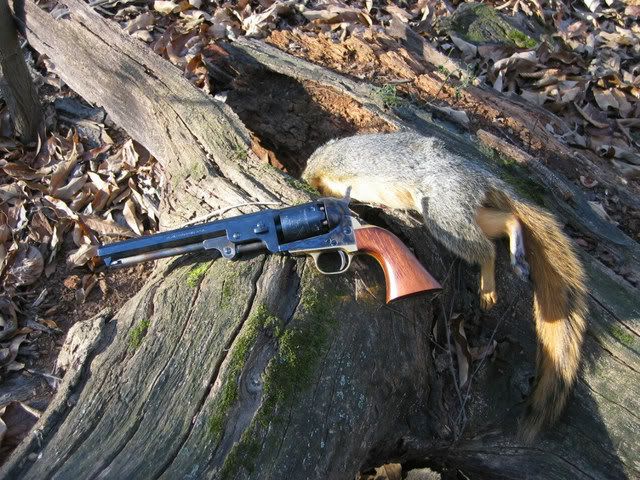Dadgum!
Just took my first 12 shots with my new (to me) Pietta 1851 Navy.
5 minutes to load, 2 minutes to shoot, 45 minutes to clean.
Can't imagine doing that on the dusty prarie!
Crisco & 100º weather do not a happy gun-cleaner make! :cursing: :grin:
I LOVE it! :youcrazy: :rotf:
Just took my first 12 shots with my new (to me) Pietta 1851 Navy.
5 minutes to load, 2 minutes to shoot, 45 minutes to clean.
Can't imagine doing that on the dusty prarie!
Crisco & 100º weather do not a happy gun-cleaner make! :cursing: :grin:
I LOVE it! :youcrazy: :rotf:





